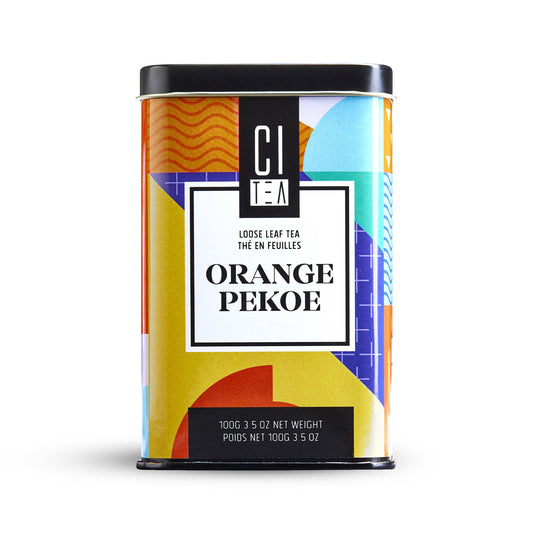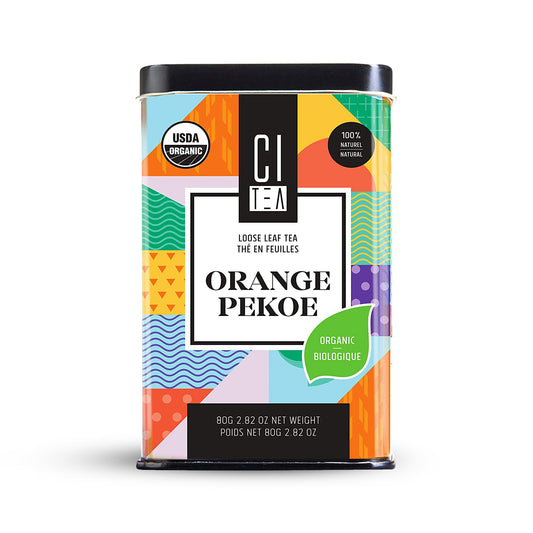Candles have been an integral part of human history, serving as a practical source of light and as a symbol of warmth, comfort, and ambiance. In recent years, there has been a growing shift towards more sustainable and eco-friendly alternatives in various industries, including candle making. One such alternative gaining popularity is soy wax, a natural and renewable resource derived from soybeans. In this article, we will explore the fascinating process of making soy wax candles.

What are soy candles made of ?
Soy wax is a vegetable wax made from the oil of soybeans. It is considered a more environmentally friendly option compared to traditional paraffin wax, which is derived from petroleum. Soybeans are a renewable resource, and their cultivation has a lower environmental impact. This makes soy wax an eco-conscious choice for candle enthusiasts.
How is soy wax made ?
Harvesting Soybeans
The soy wax production process begins with the cultivation and harvesting of soybeans. Soybeans are typically grown in large-scale agricultural settings, and the harvested crops are sent to processing facilities.
Cleaning and Cracking
The harvested soybeans go through a cleaning process to remove impurities. Once cleaned, the soybeans are cracked into small pieces, creating soybean flakes.
Extraction of Soybean Oil
The soybean flakes are then subjected to a mechanical pressing or solvent extraction method to extract the soybean oil. The extracted oil undergoes a refining process to remove any remaining impurities.
Hydrogenation
To make soy wax solid at room temperature, the extracted soybean oil undergoes a hydrogenation process. This process involves adding hydrogen to the oil to change its molecular structure and create a solid form.
Candle Making Process
Now that we have soy wax, let's delve into the intricate process of turning it into a beautiful and functional soy wax candle.
Measuring and Melting
The first step in candle making involves measuring the desired amount of soy wax flakes. The flakes are then melted using a double boiler or microwave until they become a clear liquid.
Adding Fragrance and Color
Candle makers have the option to add fragrance oils and colorants to customize the scent and appearance of the candles. Many prefer using natural essential oils for fragrance.
Wick Placement
The next step is placing the wick in the container or mold. The wick is secured in place using a wick holder, ensuring it remains centered during the pouring process.
Pouring the Wax
Once the wax is melted and the fragrance and color are added, it is carefully poured into the chosen container or mold. Precision is key to achieving a professional-looking candle.
Cooling and Finishing
After pouring, the candle needs time to cool and solidify. This process can take several hours. Once the candle has hardened, any excess wick is trimmed. Then, finishing touches, such as labeling and packaging, are added.
Soy candles represent a harmonious blend of nature and craftsmanship. As consumers become more conscious of their environmental impact, the demand for sustainable alternatives continues to rise. The journey from soybean cultivation to the creation of a beautifully scented soy wax candle showcases the dedication of artisans and the innovation driving the candle-making industry towards a greener future.








